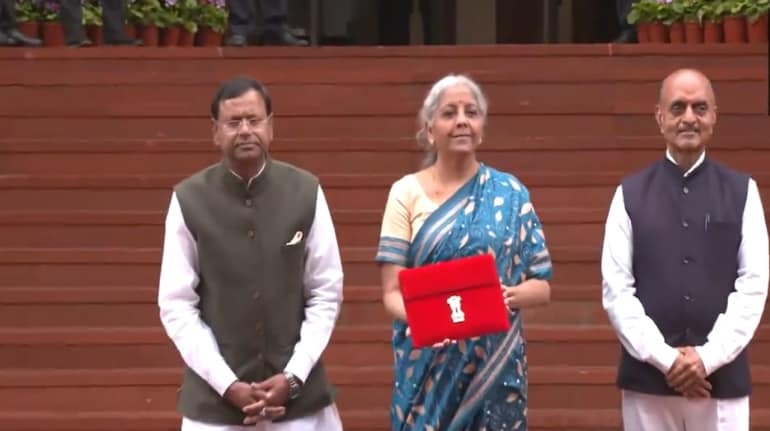
India’s gig economy could employ 2.35 crore people by FY30, representing a three-and-a-half-times increase over 10 years, a report by the government think-tank NITI Aayog estimates.
The gig economy employed around 68 lakh people in FY20, India's Booming Gig and Platform Economy: Perspectives and Recommendations on the Future of Work report released on June 27 said.
The total number of employed persons in India in FY20 is estimated to be 51.10 crore. The report expects the number to rise to 56.96 crore by FY30.
Usually temporary and part-time, gig jobs can range from food delivery to driving for ride-hailing companies such as Ola and Uber.
"At present, about 47 percent of the gig work is in medium skilled jobs, about 22 percent in high skilled, and about 31 percent in low skilled jobs," the report said.
"But the trend shows the concentration of workers in medium skills is gradually declining and that of the low skilled and high skilled is increasing. It may be expected that while the domination of medium skills would continue till 2030, gig work with other skills will emerge," the report added.
It added the caveat that given the limited availability of employment data, the estimate is "only indicative and may not represent the true size of the gig workforce".
NITI Aayog Chief Executive Officer Amitabh Kant said the increasing use of smartphones and the low cost of the internet had allowed digital platforms to thrive in India, with different players offering solutions in sectors such as transport, retail, and personal and home care.
"This changing scenario calls for the need to assess the employment generation potential of the gig and platform sector and design policy measures that can invigorate efforts from different stakeholders to promote growth along with decent work opportunities in this sector," Kant added. His tenure as the NITI Aayog CEO ends June 30.
Gig work
The report defined gig workers as those who are employed "outside the traditional employer-employee arrangement". These workers broadly fall into two categories: platform and non-platform-based workers.
While platform workers are those whose work is based on online applications or digital platforms, non-platform are usually casual wage workers and own-account workers in conventional sectors, working either part-time or full time.
With no official data to precisely quantify the jobs provided by India's gig economy, the report called on the statistics ministry to conduct specific surveys.
The report also said work needs to be done to determine the contribution of the gig economy to India's GDP.
"This exercise may also enable India to unpack the pace at which platformisation is occurring across industries and what enablers and barriers might be causing the same," the report said.
Key recommendations
* A Platform India initiative to accelerate platformisation of all occupations and industries, to provide funding, incentives, skill development, and social financial inclusion may be started. This could be along the lines of the Start-up India initiative.
* The report said it was crucial to take a “light-touch regulatory approach" when it comes to platform businesses in India. As such, policies, rule, and regulations need to be simplified and streamlined. Moreover, any licensing requirements for aggregators must also be reconsidered.
* The government at the Centre and state level could create "supportive tax mechanisms" so that platform drivers can report their earnings and be taxed "fairly".
* Platform workers should be given greater access to institutional credit. Moreover, they should also be covered under the code on social security.'Gig economy' may employ 2.35 crore people by FY30, says NITI Aayog report - Moneycontrol
Read More

No comments:
Post a Comment